What Is Welding Spatter?
Welding spatter refers to the small droplets of molten metal that are ejected from the weld pool during the welding process. These tiny bits of metal can stick to the surrounding workpiece, equipment, or nearby surfaces. While some spatter is normal in many welding methods, excessive spatter is often a sign of improper settings, poor technique, or unsuitable materials. Minimizing spatter is key to producing clean, professional-looking welds and reducing post-weld cleanup.
What Causes Spatter in Welding?
Several factors can lead to welding spatter, including:
- Incorrect Voltage or Amperage: Improper machine settings create an unstable arc, which can cause molten metal to splatter.
- Poor Shielding Gas Coverage: Inadequate shielding gas flow or contamination allows air to mix with the weld pool, increasing turbulence and spatter.
- Dirty or Contaminated Surfaces: Rust, oil, paint, or moisture on the base material disrupts the weld, leading to erratic arc behavior.
- Improper Wire Feed Speed: In MIG welding, too high or too low wire feed speed can create instability and excessive spatter.
- Wrong Electrode or Filler Material: Using the wrong type or size of consumables can negatively impact arc performance.
Problems Caused by Excessive Spatter
Excessive welding spatter can lead to several issues, such as:
- Increased Cleanup Time: Removing spatter often requires grinding, chipping, or wire brushing, adding labor costs.
- Surface Damage: Spatter that adheres to the workpiece can create imperfections or require rework.
- Equipment Wear: Spatter buildup on nozzles, tips, and fixtures can reduce equipment lifespan and performance.
- Reduced Aesthetic Quality: Visible spatter creates an unprofessional appearance, especially on exposed welds.
How to Reduce or Prevent Welding Spatter?
While some spatter is unavoidable, the following practices can significantly reduce it:
- Optimize Machine Settings: Adjust voltage, amperage, and wire feed speed according to the welding procedure specifications.
- Use the Correct Shielding Gas: Ensure proper gas type and flow rate to stabilize the arc and reduce turbulence.
- Prepare the Workpiece: Clean surfaces thoroughly by removing rust, oil, paint, or moisture before welding.
- Select the Right Consumables: Use the appropriate electrode, filler metal, and nozzle size for the material and process.
- Maintain Proper Technique: Keep a steady travel speed, correct stick-out distance, and appropriate torch angle to control the arc.
- Apply Anti-Spatter Spray: Coating nearby surfaces with anti-spatter spray or gel makes cleanup easier.
Conclusion
Welding spatter is a common challenge, but with proper preparation, equipment settings, and technique, it can be significantly minimized. By understanding the causes and implementing preventive measures, welders can save time on cleanup, protect equipment, and achieve cleaner, higher-quality welds. Controlling spatter isn’t just about appearance—it’s essential for efficiency and overall weld integrity.

